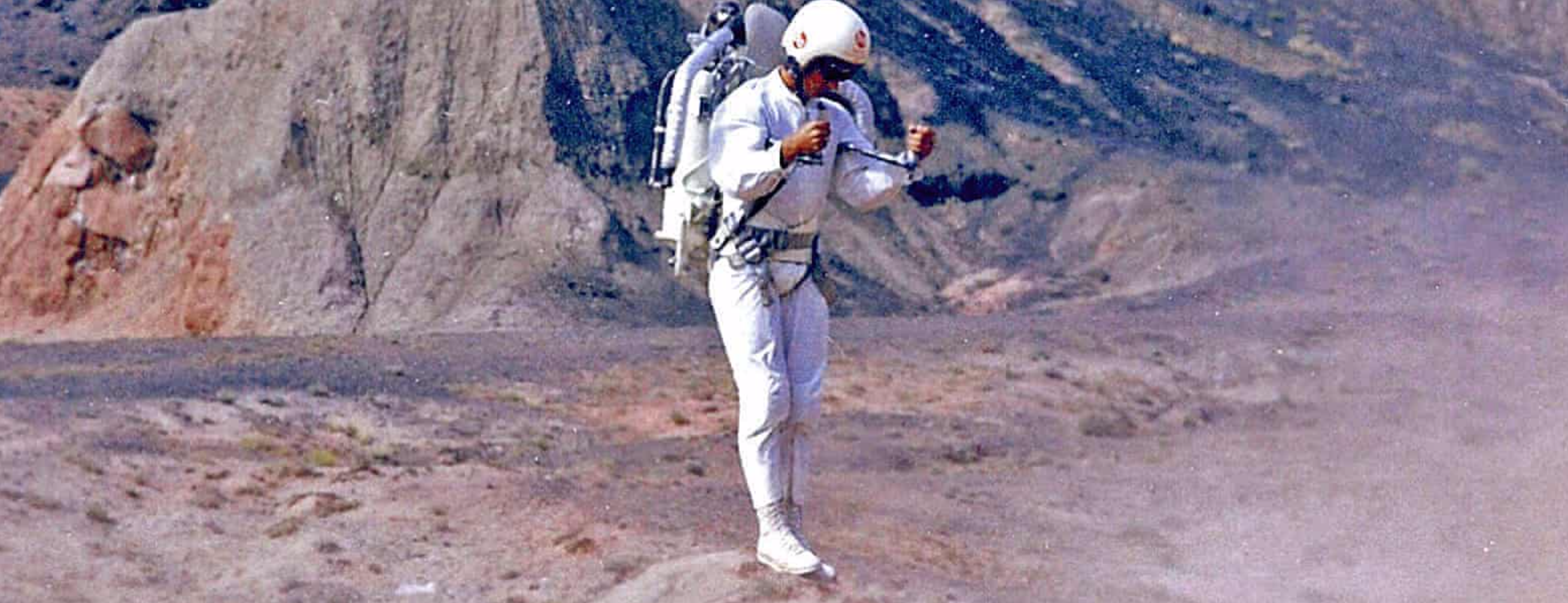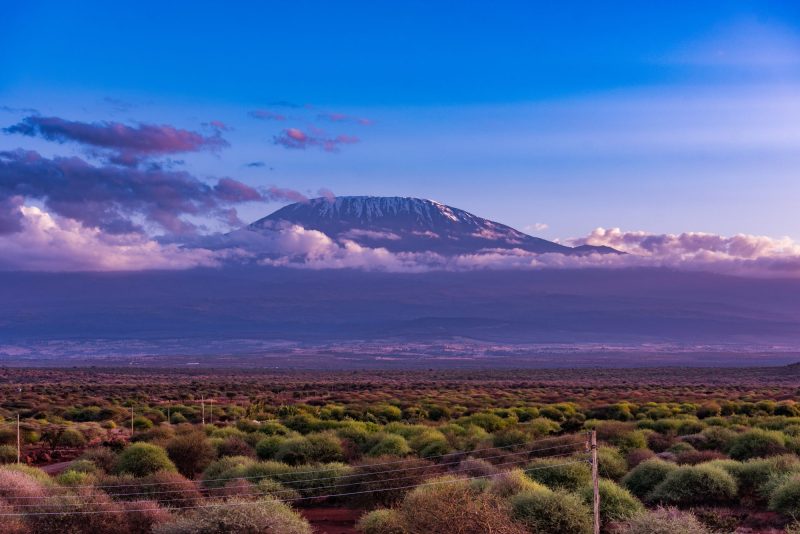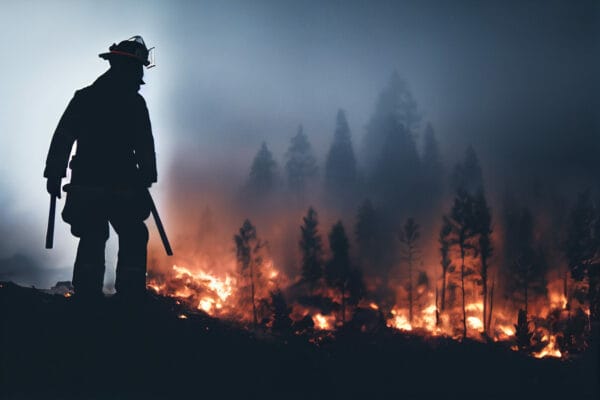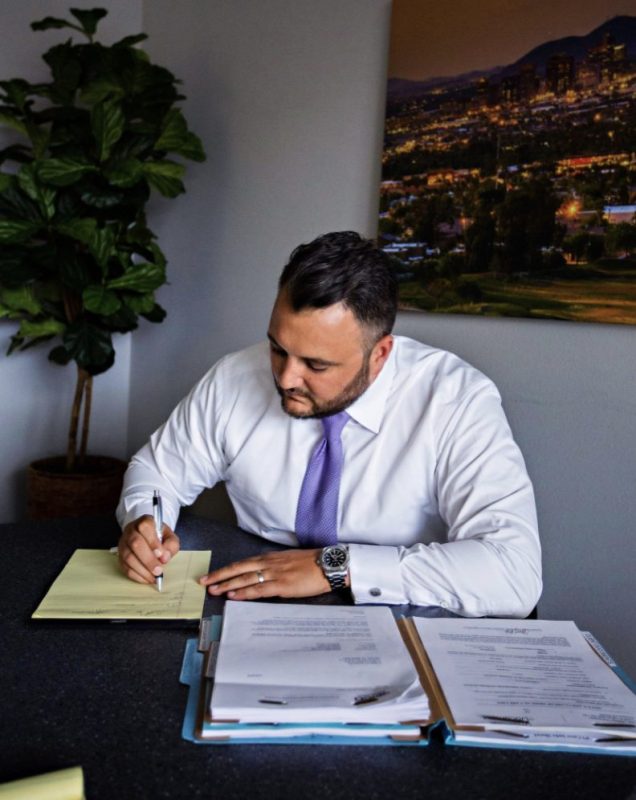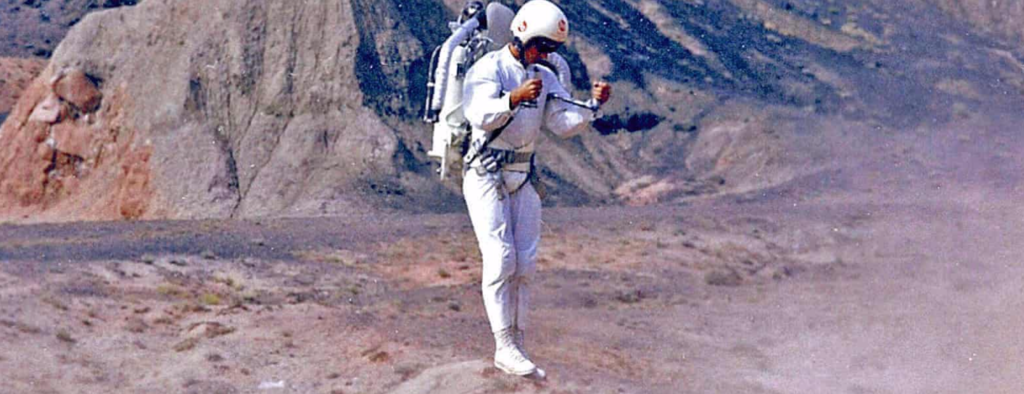
/Photograph: USGS, F866259 Tranquility Base, Arizona: the astronauts’ moon training ground
All 24 men who flew to the moon with the Apollo program trained in the rugged canyons, craters and lava fields near Flagstaff
By Roger Naylor in Cottonwood, Arizona | The Guardian
On 20 July 1969, the world paused as an estimated 600 million people watched Neil Armstrong and Buzz Aldrin walk on the moon. But few knew they were watching steps those men had long practiced in the canyons, craters and lava fields of Arizona.
Fifty years after the moon landing, Arizona’s role remains a forgotten piece of history – but this pockmarked landscape of high rocky plains once served as Nasa’s training ground for astronauts headed to the lunar surface.
The Apollo 11 mission prepared for its groundbreaking voyage outside Flagstaff, a small city nestled in a forest of ponderosa pines at the base of the San Francisco Peaks, Arizona’s tallest mountains. In fact, all 24 astronauts who have ever flown to the moon trained here. As the home of the famous Lowell Observatory, credited with discovering the planet Pluto in 1930, Flagstaff has an illustrious space history. But it took center stage during the 1960s space race when Nasa began its hunt for a moon stand-in.
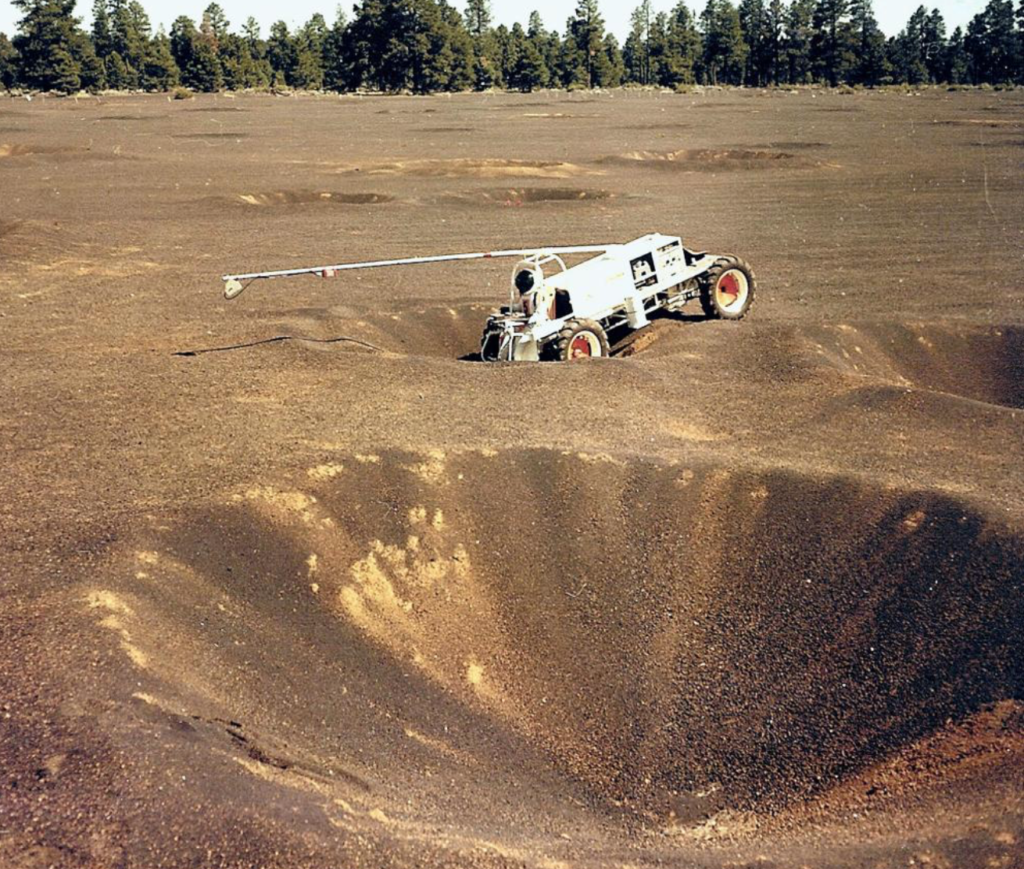
The US space agency needed a geologically diverse landscape, one ragged and raw, torn and pummeled, and still bearing distinctive scars from a rowdy past. Flagstaff was made to order. The San Francisco Peaks are actually the remains of a hulking stratovolcano. The town sits amid the San Francisco volcanic field, dotted with hundreds of craters, cones and vents.
Scientists thought the volcanic cinders of the terrain might be similar to what astronauts would find on the moon. Additionally, the nearby Meteor Crater, the best-preserved impact crater on earth, and the great cosmic gash of Grand Canyon, provided an unmatched geological classroom.
Between January 1963 and November 1972, scientists based in Flagstaff would lead 200 separate geological field-training exercises for Nasa’s astronauts.

